In 1992, while presenting at the World Futures Studies Federation course on International Development, I shifted my lecture from the typical rehearsed presentation on factors explaining maldevelopment to a real time unpacking/deconstruction of transportation futures. As I, we, worked through the analysis, alternatives organically emerged. The four levels were: first, the problem or the litany - congestion and pollution. Second the causes: too many cars and desire for more cars, rising incomes, traditional infrastructure that was not car flow friendly, among other factors. Third, the Big City outlook, westernization, and the "Los Angelization" of the planet. And fourth, West is best with cars as freedom, as individuality. We understood that the government would take a technical approach of creating flyovers and not the deeper required to rethink centre-periphery relations - to decentralize - to reimagine Bangkok as a walkable and green city. This led to a discussion on not just infrastructure redesign but stories around rural areas and the symbol of the car as a symbol of Western power. CLA shifted the discussion from conventional strategies on transport toward alternative futures of mobility, identity, and sustainability. After a few more attempts at presenting on communication, on disability, on ways knowing the method was born. Theoretically, of course, I was standing on the works of the greats: P.R. Sarkar, Johan Galtung, William Irwin Thompson, Joseph Campbell and from insights from professors and colleagues such as James Dator, Michael Shapiro, and Richard Slaughter.
In the CLA Reader published in 2004, we compiled articles on the method to gain academic respectability. Doctoral students would email me and say, they wanted to write their thesis on CLA but their professors were suspicious. By 2015, when CLA 2.0 was released, we had documented hundreds of additional case studies. Professor were no longer suspicious, indeed, many enthusiastic. The method by th
In the CLA Reader published in 2004, we compiled articles on the method to gain academic respectability. Doctoral students would email me and say, they wanted to write their thesis on CLA but their professors were suspicious. By 2015, when CLA 2.0 was released, we had documented hundreds of additional case studies. Professor were no longer suspicious, indeed, many enthusiastic. The method by th
目錄:
Table of Contents
Foreword 5
CREATING THE FOREST OF TRANSFORMATIONAL FUTURES: 5
THIRTY YEARS OF CLA 5
About the Editors 7
Preface 8
Ivana Milojević 8
THEORY 13
Sohail Inayatullah, Causal Layered Analysis: Theory, Conceptual Framework, and Method 14
DISCIPLINARY AND METHODOLOGICAL REFLECTIONS: 30
Veli Virmajok, Understanding Futures of Science: Connecting Causal Layered Analysis and Philosophy of Science 31
Russell Clements, Using Gregory Bateson’s Epistemology of Mind and Causal Layered Analysis to Mitigate Asian Elephant-human Conflict Risk. 56
Joseph Corneli, Alex Murphy, Raymond S. Puzio, Leo Vivier, Noorah Alhasan, Vitor Bruno, Charlotte Pierce, Charles J. Danoff, Patterns of Patterns: A Methodological Reflection on the Future of Design Patterns Methods. 88
Peter Scupelli, Does When and How Design Students Learn Causal Layered Analysis Matter? 114
Nele Fischer and Konstanti Marquardt, Encounters on the Metaphorical Level: Introducting Systemic Metaphor Analysis for CLA 132
APPLICATIONS: 140
Ivana Milojević, Australian Riot: Causal Layered Analysis for Conflict Resolution 141
Adam Cowart, " Living Between Myth and Metaphor: Level 4 of Causal Layered Analysis Theorised 154
John A. Sweeney, Not Organic Gardening or Rocket Science: New Metaphors (and a Politics) for Geoengineered Imaginaries. 164
Marcelle Holdaway, Diving in the Deep End: Visually Exploring Community Views on Corporate Accountability. 177
Sanna Ketonen-Oksi, Creating a shared narrative: The use of causal layered analysis to explore ecosystem level value co-creation 191
Peter Sukhorolsky, Russian Aggression Against Ukraine: Past, Present, and Futures 208
Niedbalski, The Hong Kong Protests and Tianxia: The Origins of Modern conceptions of Chinese Identity and the struggle for a different future 218
Marcus Anthony, WWW: Web Wide Warfare Part 2: Towards a Deeper Healing of the Online Culture Wars 237
Elissa Farrow, To Augment Human Capacity – Artificial Intelligence Evolution through Causal Layered Analysis 256
Oluseyi Julius Adbowale and Justus Ngala Agumba, Causal Layered Analysis of Construction Labour Productivity in Developing Countries 273
Lazaro et al., Using CLA to participatively explore the urban solid waste problem in Uruguay: three years after 291
Sterling Jackson, Applying Futures Based Frameworks for Emerging Sector Investments: Applying Causal Layered Analysis to Develop Decision Making Metaphors for Risk Forward Investments 303
Rieta Ganas, Kasturi Behari-Leak, Nalini Chitanand, Siya Sabata, Pedagogies for Critical Agency: Portals to Alternative Futures. 310
Matti Minkkinen, Sirkka Heinonen, and Marjukka Parkkinen, Drilling and Blasting to Learn Scenario Construction – Experimenting with Causal Layered Analysis as a Disruption of Scenario Work 328
Jeanne Hoffman, Imagining 2060: A Cross-Cultural Comparison of University Students’ Perspectives 340
Ali Zackery, Mohsen Taheri Damneh, Alireza Karimi, Maryam Ebadi Nejad: Insights from a Causal Layered Analysis of “Isfahan 2040”: A Participatory Foresight Workshop 359
Chris Riedy, Interior transformation on the pathway to a viable future 377
Ralph Mercer: Self-Writing: A Causal Layered Analysis prospective on the Learning Identity Framework. 392
Glossary 399
Index 400
Bonus material 401
Back material 402
Table of Contents
Foreword 5
CREATING THE FOREST OF TRANSFORMATIONAL FUTURES: 5
THIRTY YEARS OF CLA 5
About the Editors 7
Preface 8
Ivana Milojević 8
THEORY 13
Sohail Inayatullah, Causal Layered Analysis: Theory, Conceptual Framework, and Method 14
DISCIPLINARY AND METHODOLOGICAL REFLECTIONS: 30
Veli Virmajok, Understanding Futures of Science: Connecting Causal Layered Analysis and Philosophy of Science 31
Russell Clements, Using Gregory Bateson’s Epistemology of Mind and Causal Layered Analysis to Mitigate Asian Elephant-human Conflict Risk. 56
Joseph Corneli, Alex Murphy, Raymond S. Puzio, Leo Vivier, Noorah Alhasan, Vitor Bruno, Charlotte Pierce, Charles J. Danoff, Patterns of Patterns: A Methodological Reflection on the Future of Design Patterns Methods. 88
Peter Scupelli, Does When and How Design Students Learn Causal Layered Analysis Matter? 114
Nele Fischer and Konstanti Marquardt, Encounters on the Metaphorical Level: Introducting Systemic Metaphor Analysis for CLA 132
APPLICATIONS: 140
Ivana Milojević, Australian Riot: Causal Layered Analysis for Conflict Resolution 141
Adam Cowart, " Living Between Myth and Metaphor: Level 4 of Causal Layered Analysis Theorised 154
John A. Sweeney, Not Organic Gardening or Rocket Science: New Metaphors (and a Politics) for Geoengineered Imaginaries. 164
Marcelle Holdaway, Diving in the Deep End: Visually Exploring Community Views on Corporate Accountability. 177
Sanna Ketonen-Oksi, Creating a shared narrative: The use of causal layered analysis to explore ecosystem level value co-creation 191
Peter Sukhorolsky, Russian Aggression Against Ukraine: Past, Present, and Futures 208
Niedbalski, The Hong Kong Protests and Tianxia: The Origins of Modern conceptions of Chinese Identity and the struggle for a different future 218
Marcus Anthony, WWW: Web Wide Warfare Part 2: Towards a Deeper Healing of the Online Culture Wars 237
Elissa Farrow, To Augment Human Capacity – Artificial Intelligence Evolution through Causal Layered Analysis 256
Oluseyi Julius Adbowale and Justus Ngala Agumba, Causal Layered Analysis of Construction Labour Productivity in Developing Countries 273
Lazaro et al., Using CLA to participatively explore the urban solid waste problem in Uruguay: three years after 291
Sterling Jackson, Applying Futures Based Frameworks for Emerging Sector Investments: Applying Causal Layered Analysis to Develop Decision Making Metaphors for Risk Forward Investments 303
Rieta Ganas, Kasturi Behari-Leak, Nalini Chitanand, Siya Sabata, Pedagogies for Critical Agency: Portals to Alternative Futures. 310
Matti Minkkinen, Sirkka Heinonen, and Marjukka Parkkinen, Drilling and Blasting to Learn Scenario Construction – Experimenting with Causal Layered Analysis as a Disruption of Scenario Work 328
Jeanne Hoffman, Imagining 2060: A Cross-Cultural Comparison of University Students’ Perspectives 340
Ali Zackery, Mohsen Taheri Damneh, Alireza Karimi, Maryam Ebadi Nejad: Insights from a Causal Layered Analysis of “Isfahan 2040”: A Participatory Foresight Workshop 359
Chris Riedy, Interior transformation on the pathway to a viable future 377
Ralph Mercer: Self-Writing: A Causal Layered Analysis prospective on the Learning Identity Framework. 392
Glossary 399
Index 400
Bonus material 401
Back material 402
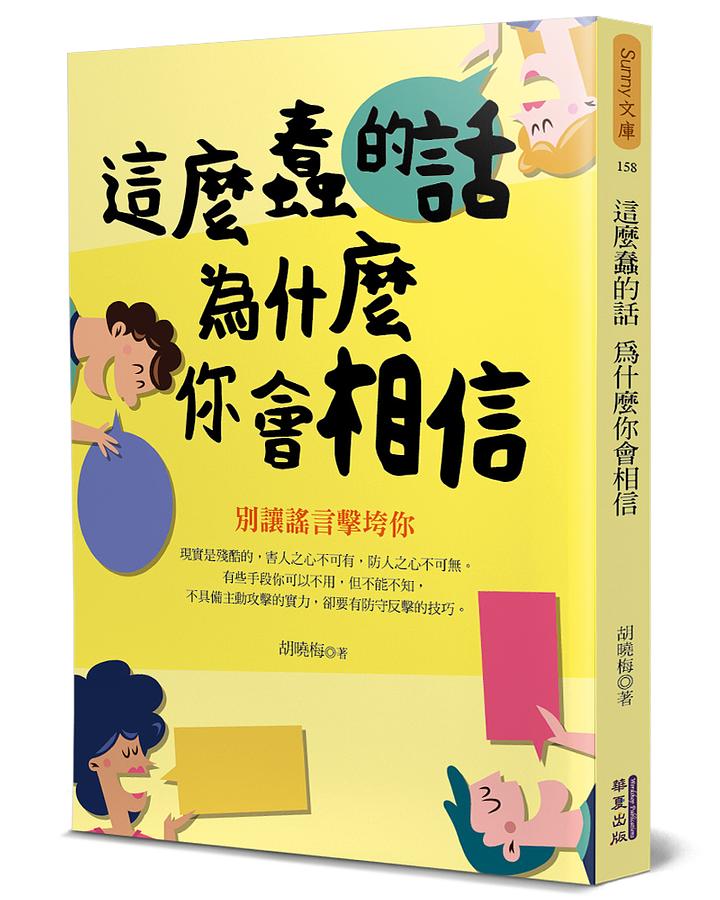
這麼蠢的話 為什麼你會相信
定價 $320元
優惠價 $253元
VIP價 $240元

過去與未來之間:政治思考的八場習練 / 漢娜.鄂蘭 / 商周
定價 $550元
優惠價 $407元
VIP價 $396元
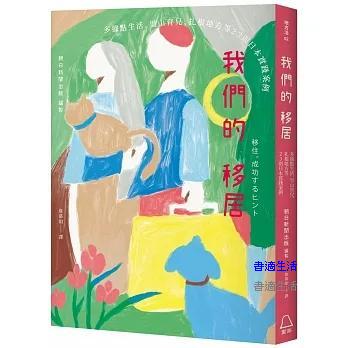
我們的移居:多據點生活、里山育兒、扎根地方等23則日本實踐案例
定價 $480元
優惠價 $350元
VIP價 $336元

他的地板是你的天花板:特權階級怎樣自我複製並阻礙社會流動機會?我們如何打破社會不平等?
定價 $580元
優惠價 $435元
VIP價 $406元
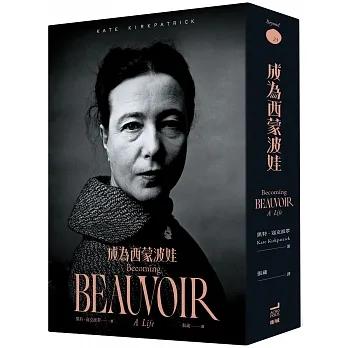
成為西蒙波娃
定價 $650元
優惠價 $481元
VIP價 $455元
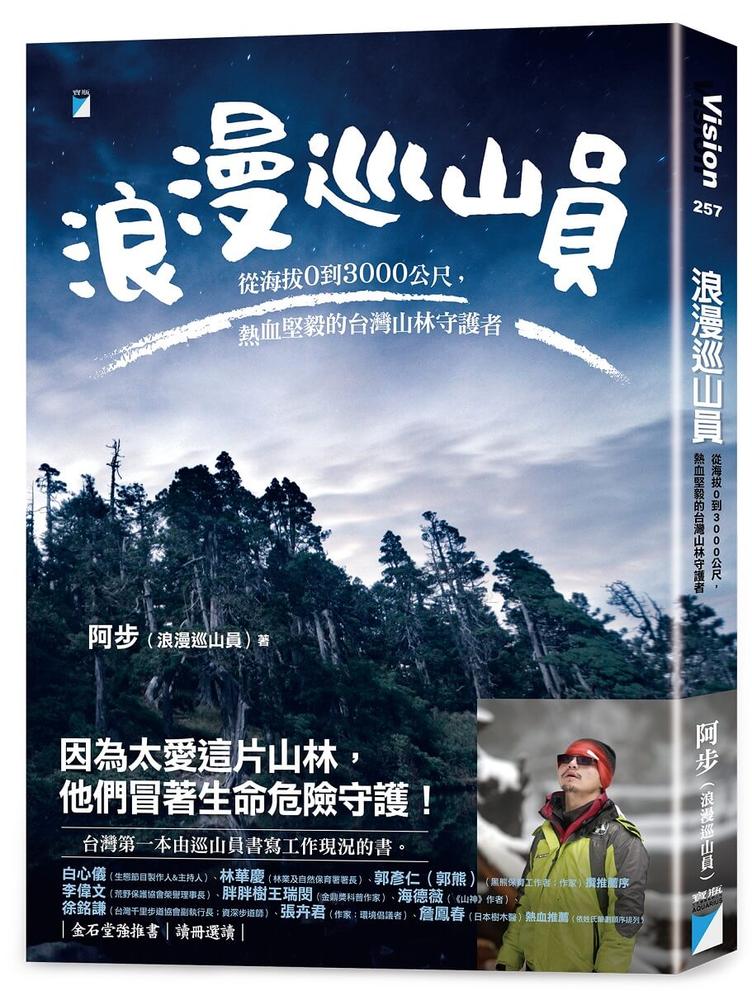
浪漫巡山員
定價 $430元
優惠價 $323元
VIP價 $314元
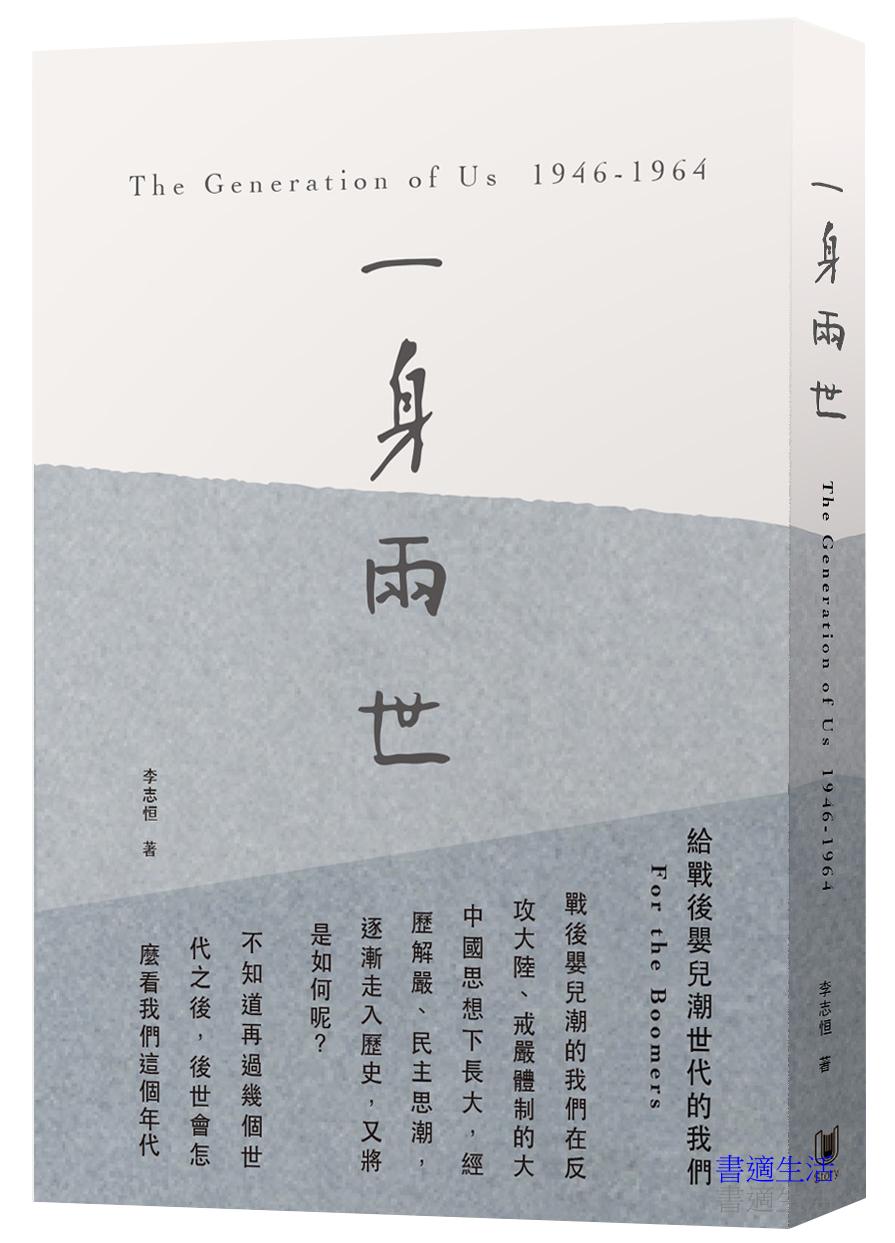
一身兩世
定價 $360元
優惠價 $270元
VIP價 $263元

在其他世界:史碧瓦克文化政治論文選 / 蓋雅翠.史碧瓦克 / 聯經
定價 $620元
優惠價 $465元
VIP價 $434元
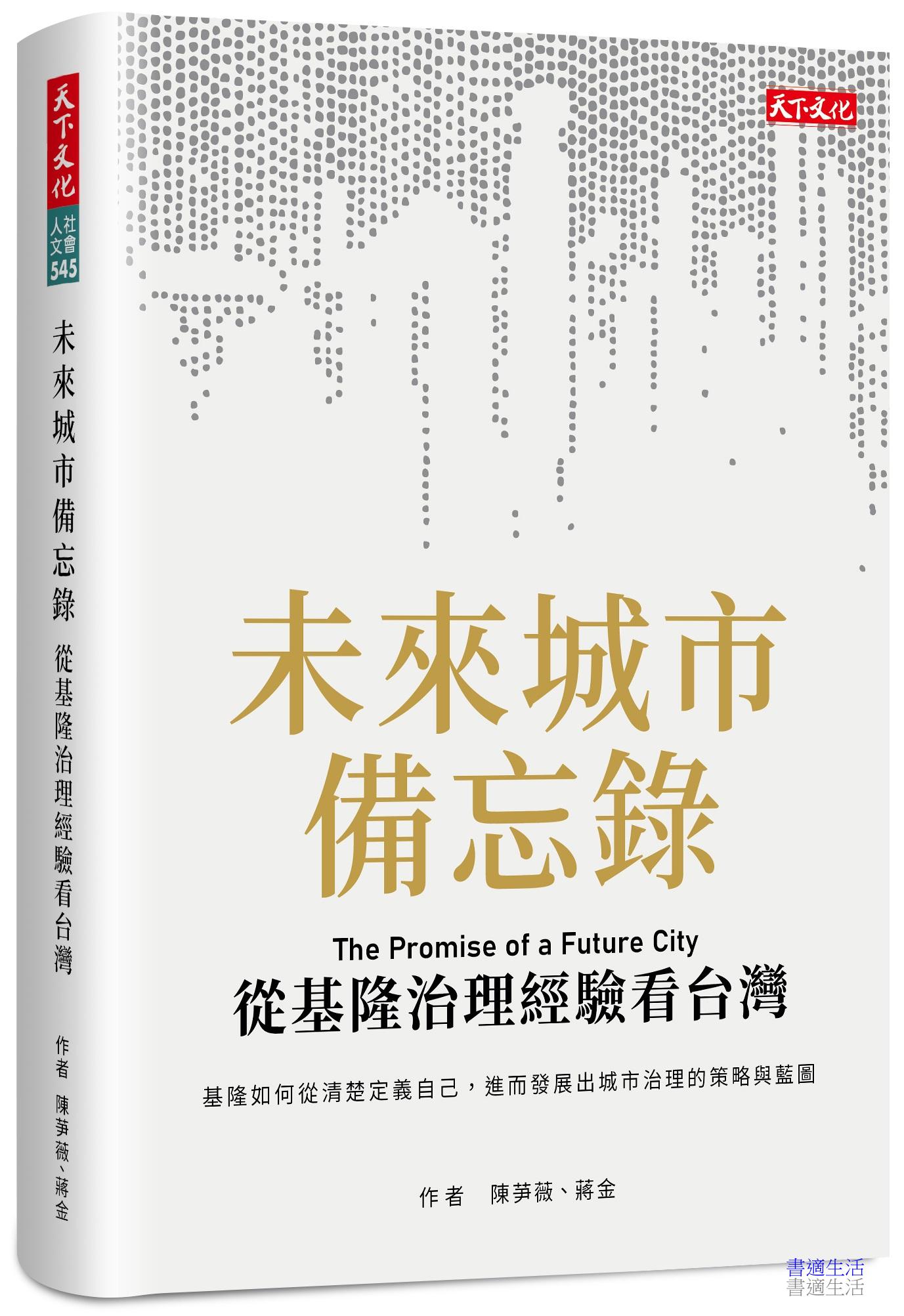
未來城市備忘錄
定價 $500元
優惠價 $375元
VIP價 $365元
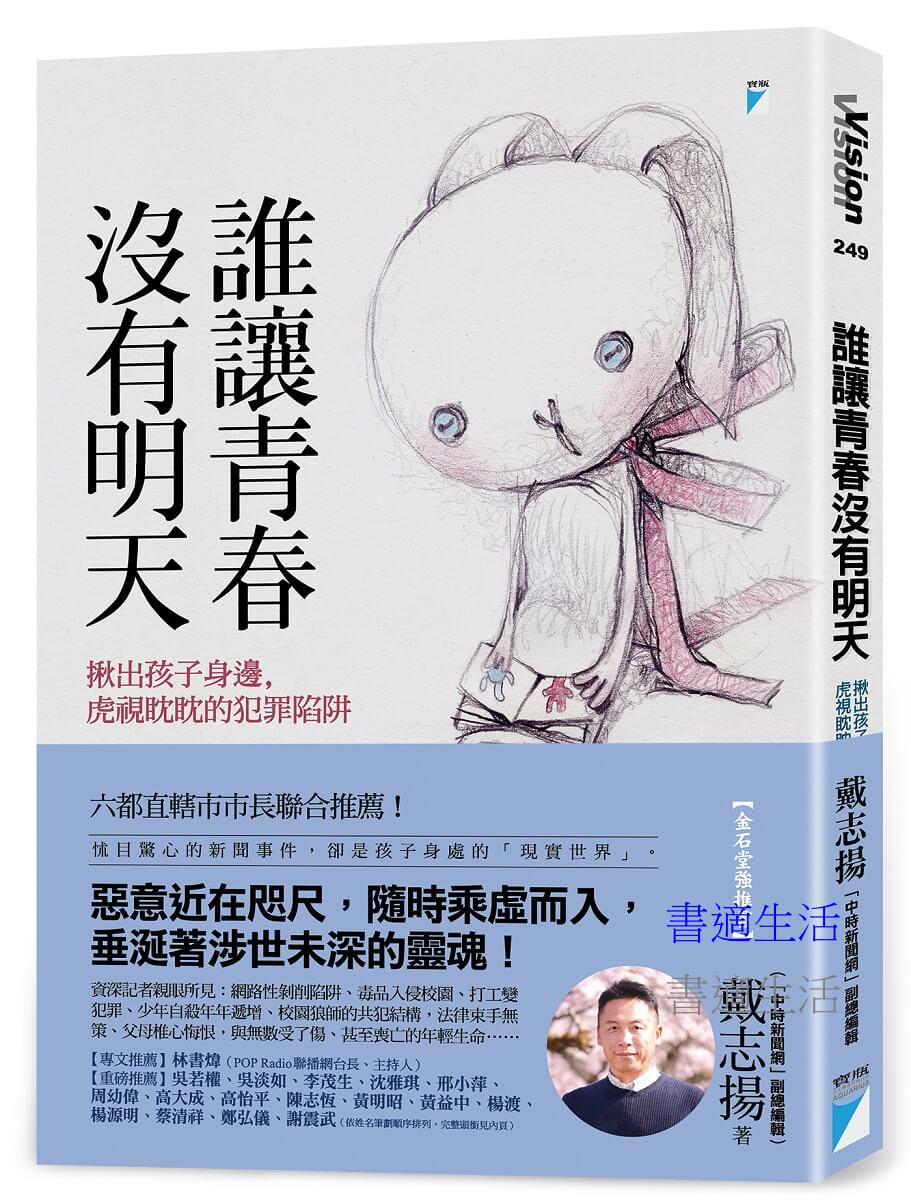
誰讓青春沒有明天
定價 $370元
優惠價 $278元
VIP價 $270元


